Tactile Studio, in collaboration with the town of Anet, visualised and designed a totally interactive visit of the new Renaissance Interpretation Center.
Located in the Centre-Val de Loire region and conceived by the architect and humanist Philibert de l’Orme, the Anet Castle (Château d’Anet) was built in 1548 by King Henri II of France, for his mistress Diane de Poitiers.
The former Anet post office has been refurbished and rehabilitated as a centre of renaissance interpretation.
The new space was created to welcome visitors of all ages and those with physical or mental disabilities, or with hearing or visual impairments.
The aim? To offer visitors a total immersion into the legacy of the French Renaissance.
The visit is organised around several themes, including the château and its architecture, an explanation of the Renaissance and the great changes that it was able to bring to society and the personality of Henri II.
The representation of the Anet Castle
An interactive model was designed by Tactile Studio to offer visitors a complete view of how the chateau was and to understand its organisation.
To do this, we developed, with RFID* technology, a model with a lighting system, allowing the illumination of important rooms in the château.
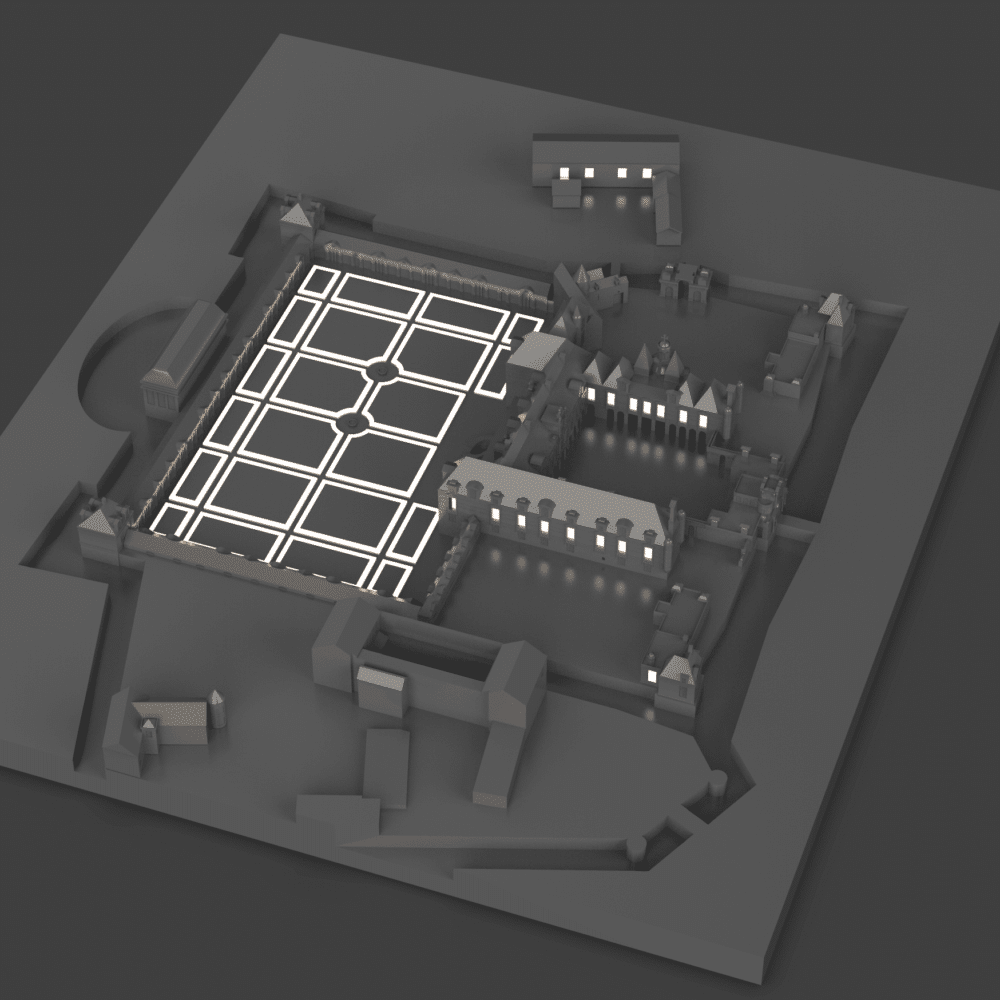
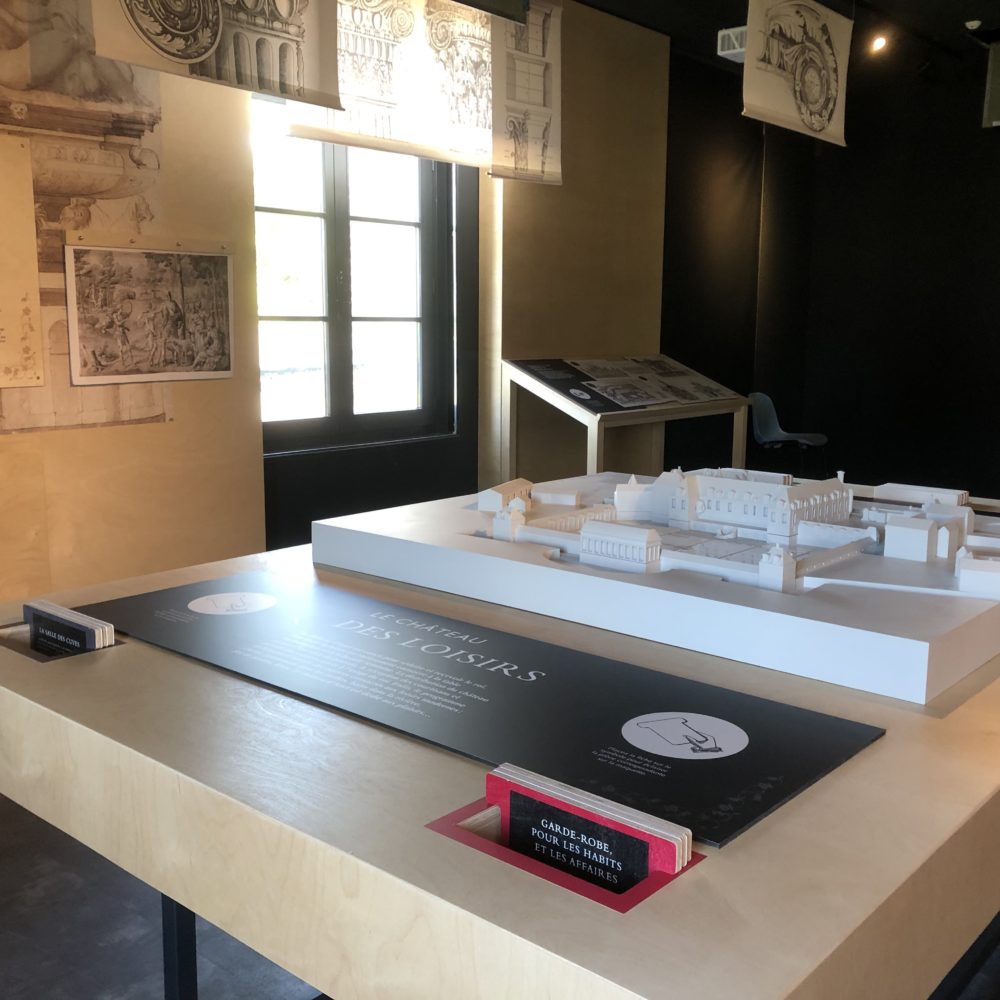
Around this model are 25 cards, captioned and organised by colour, which help to understand the functions of the buildings and to light up the room in question.
To light up one of the château’s rooms, simply take one of the coloured cards and place it on its colour pad which is found on the model.
For example, by placing a green plaque on the lectern of the model, there is an instant luminous interaction, indicating the room shown on the card.
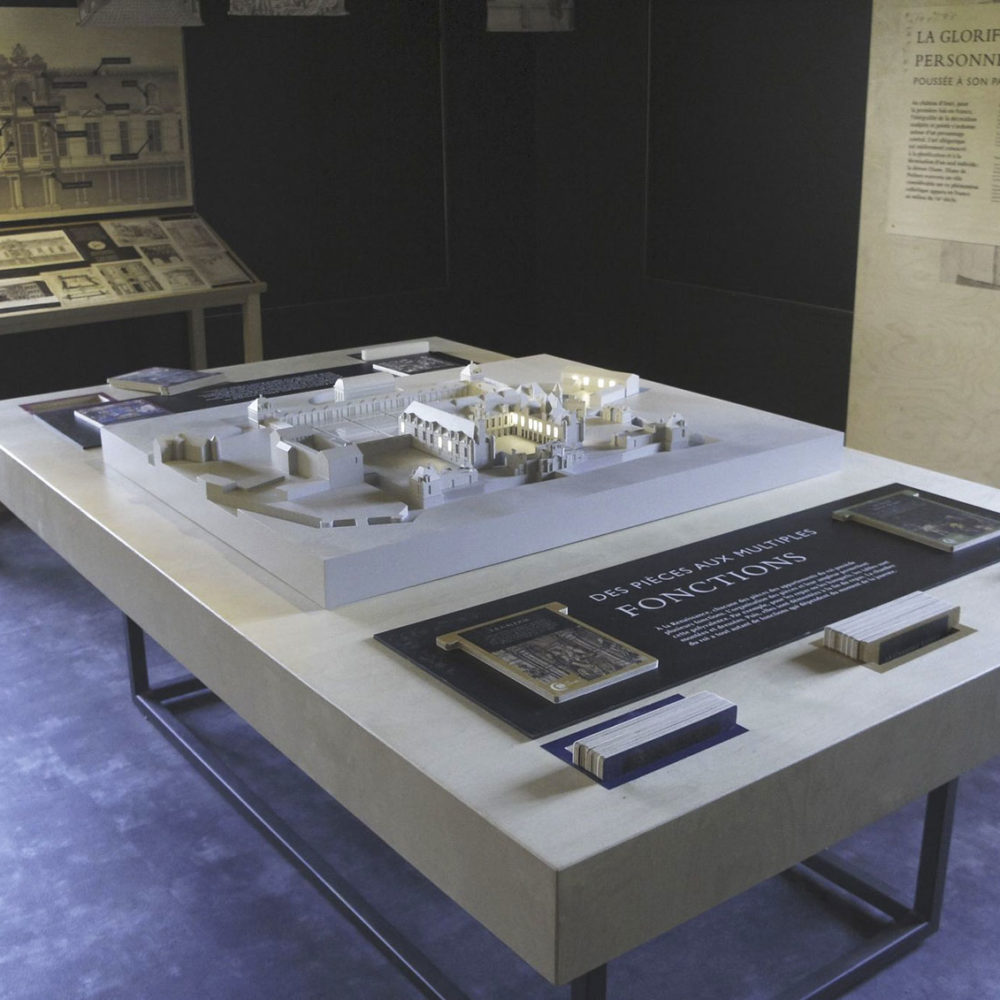
It makes for a new experience for a museum, part of the interactive and inclusive digitisation process, developed by Tactile Studio and going beyond the sensory experience of touch and other senses.
RFID Focus
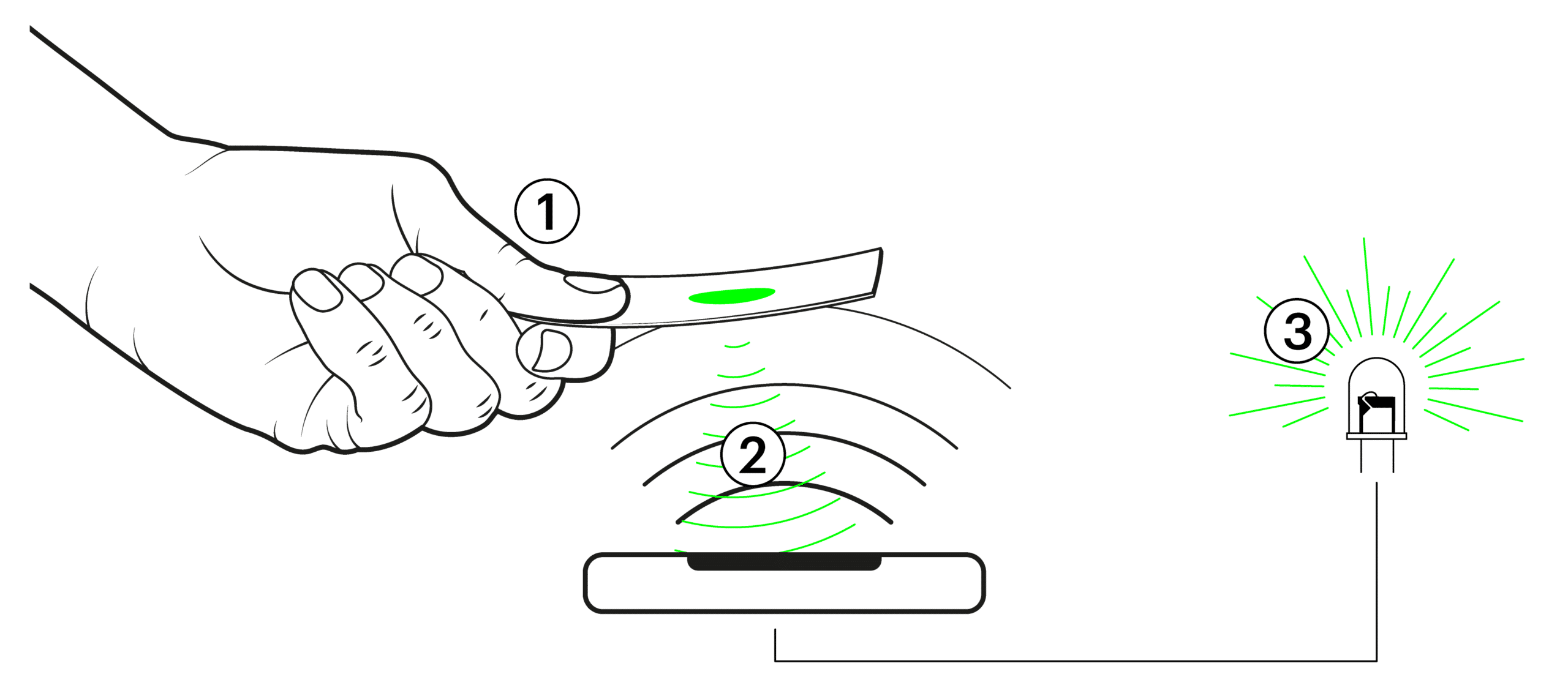
The user places their card equipped with the RFI chip on the reader (1).
Thanks to radio-wave communication, the reader receives from the card’s magnetic field (2) and triggers the LED lights in the model (3).
RFID: also called “radio frequency identification”, RFID is a way of storing and retrieving data remotely, using tags called “radio-tags”.
The radio-tags can be stuck onto or built into objects or products. They comprise an antenna linked to an electronic chip which can receive and respond to radio requests from a trans-receiver.
These electronic chips contain an identifier and possibly additional data. You can find this technology on bank cards, barcodes, passports, travel passes…
To sum up, it’s a passive chip, activated only when it’s positioned on a device equipped with a reader. The capture system between the chip and the reader is simple, making the user’s experience very rewarding.*
The Renaissance room: a multitude of tactile objects
The aim of this room is to retrace all the major changes that took place during this period, through various symbolic objects.
The room hosts works displayed in a showcase called “The Renaissance hold-all”, in which we find among other things, a “Pinacle” representing the rise of the flamboyant Gothic, a telescope of Galileo representing scientific and technical advance and even a translated Bible representing Calvinism and the Wars of Religion.
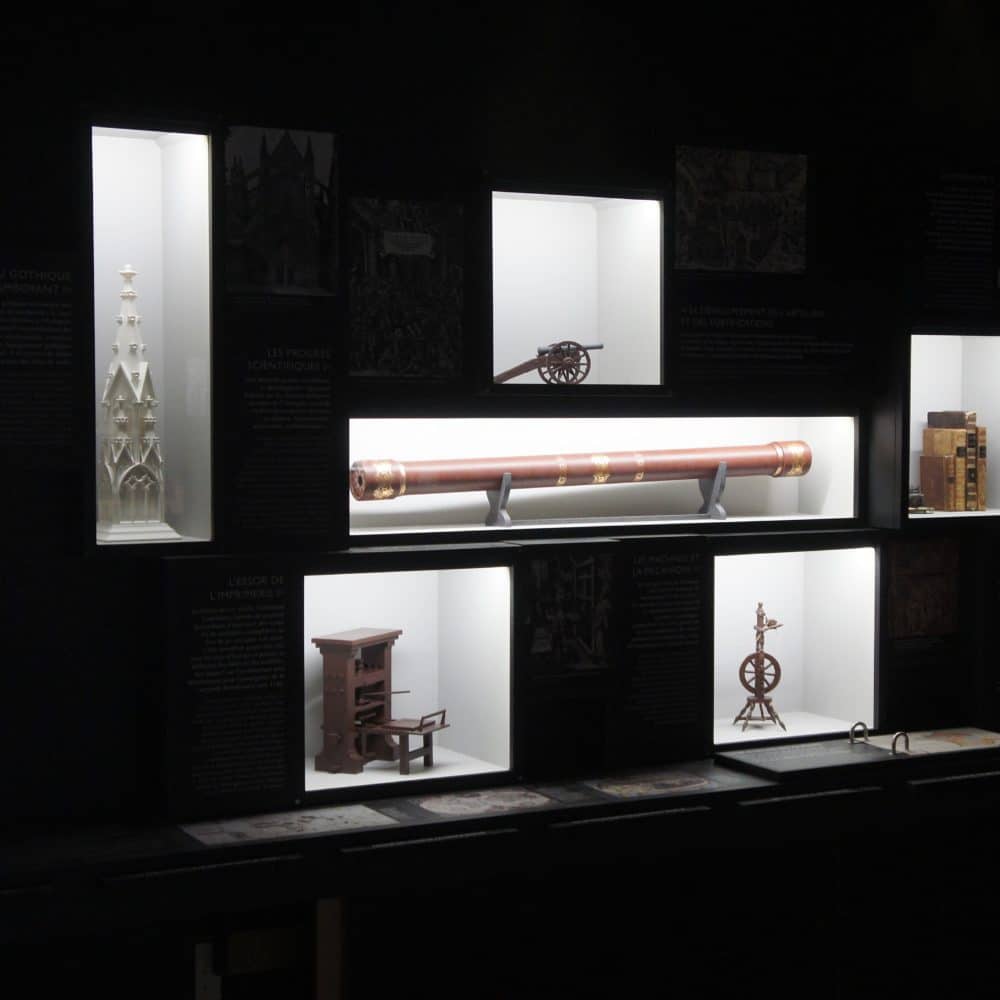
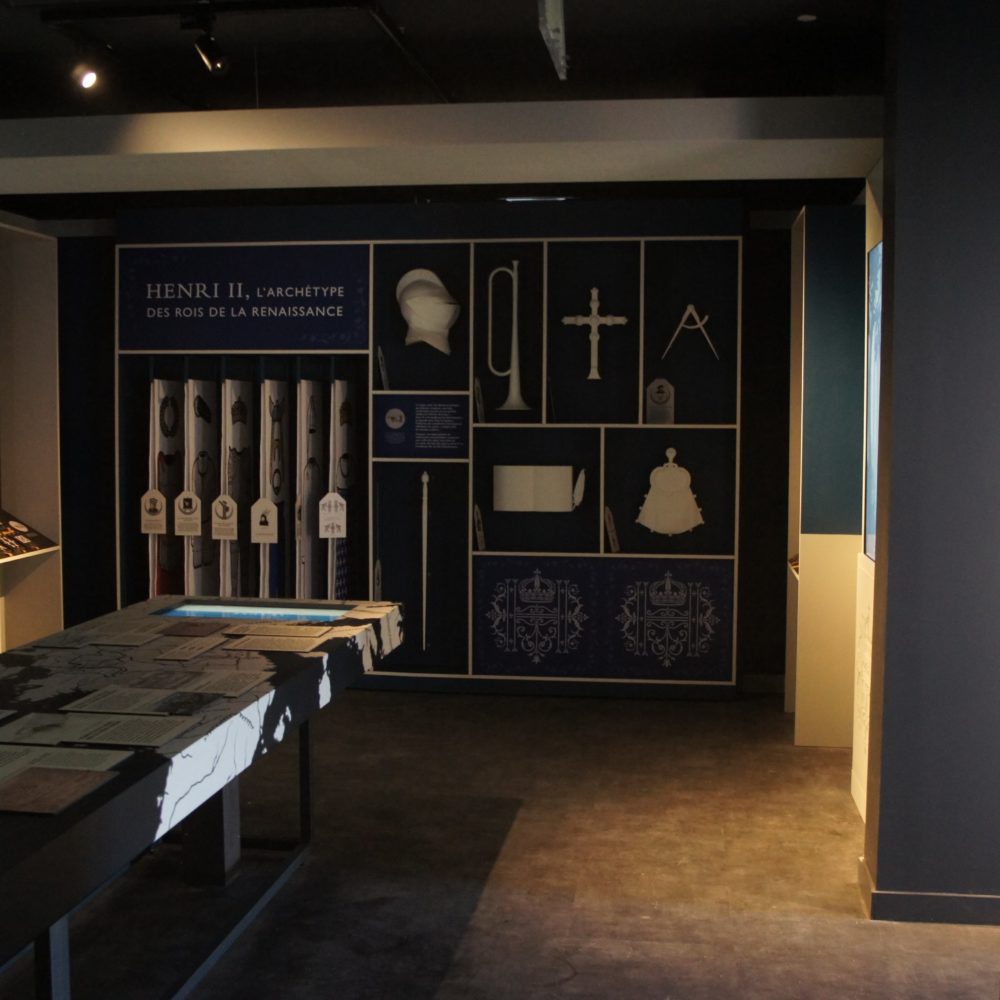
Finally Tactile Studio modelled and produced a closet, made up of tactile symbols highlighting the characteristics of Henri II.
The senses and accessibility are always to the fore!
A project in partnership with: Nicolas Loriette (project management assistant), Laurence Chabot (museographer), Arnaud Jeuland (scenographer) and Stéphane Rébillon (graphic designer & illustrator).
